ERIK KESSELS: PERSONALITY OVER PORTFOLIO
Erik Kessels (1966) is a Dutch artist, designer, and curator, known for his work in photography, advertising and publishing. He the co-founder and creative director of KesselsKramer, an independent communications agency based in Amsterdam. Kessels is a prolific artist whose work has been exhibited at galleries and museums around the world, including the Museum of Modern Art in New York, the Victoria and Albert Museum in London, and the Stedelijk Museum in Amsterdam. He is best known for his work in the field of photography, specifically his use of found photography, and to date has published well over 100 books. A conversation with a modern-day Renaissance man.
We meet up at Capital C, Amsterdam's creative hub, housed in a former diamond factory. Our interview takes place in the old clock tower, which Kessels has converted into a unique office space. All the walls and ceiling are adorned with a large, eclectic collection of clocks. You can rent the space for as long as you need, but be warned, when your time is up, a cacophony of sound will ensue as all the clocks go off simultaneously. Kessels demonstrates this by setting the alarm, and the sound of hundreds of clocks ringing at once is a jarring experience that only ends when you hit the big red buzzer, cleverly concealed within one of the larger clocks. "It's an effective way to bring a meeting to a close," Kessels says with a smile.
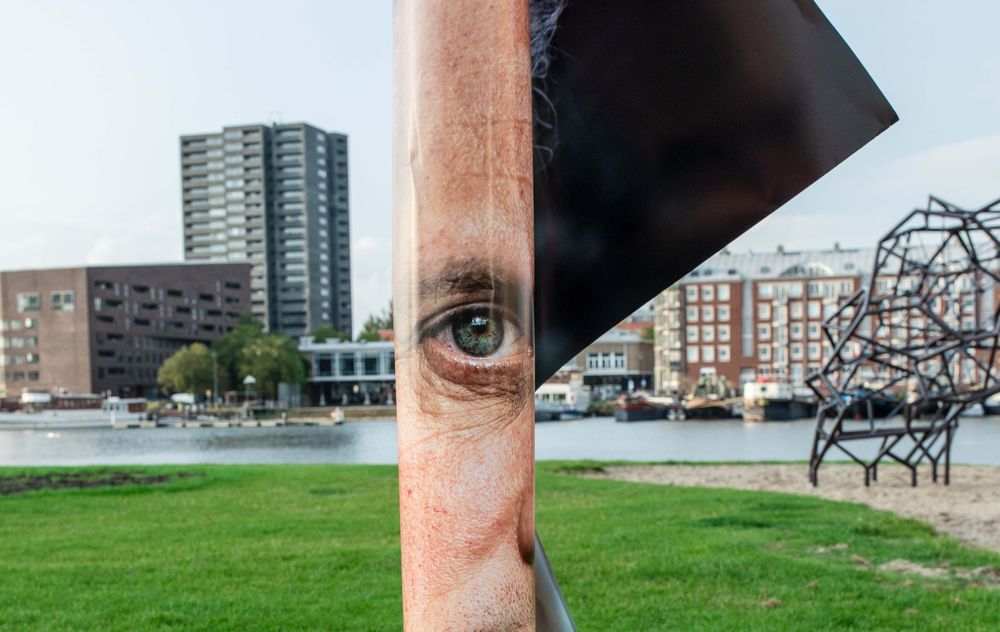
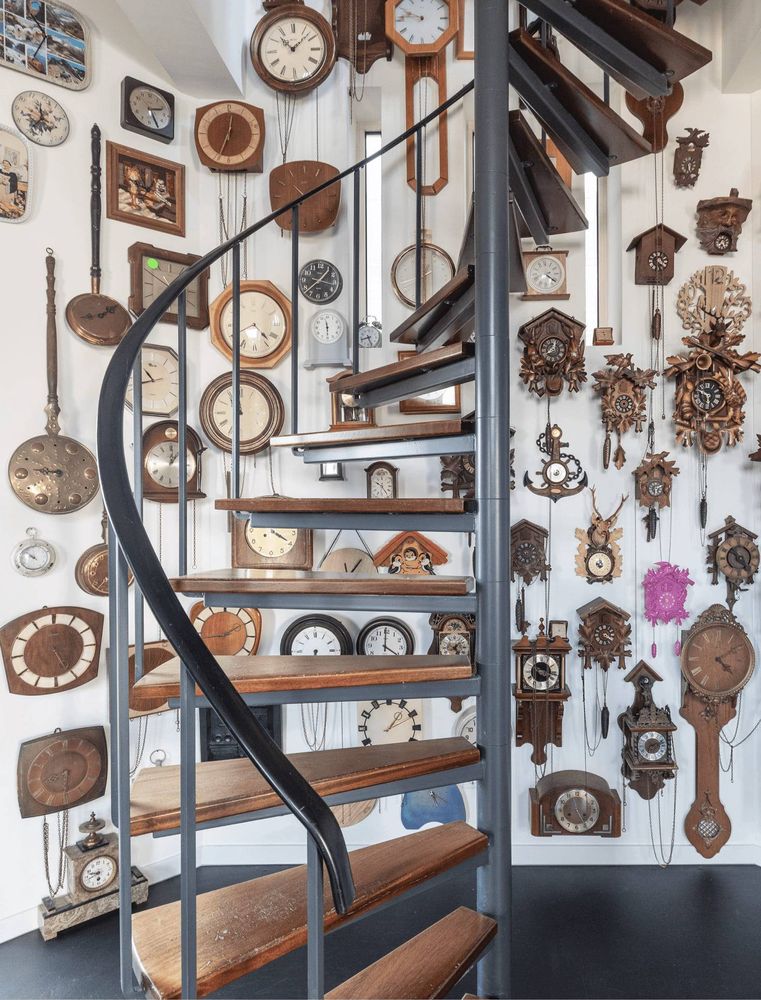
What is your personal definition of creativity?
EK: “Ultimately, creativity is about doing things differently. When something is ‘different’ and unusual it surprises you, makes you laugh, or makes you think. Creativity is something that inspires people to think and see things differently. Plenty of people say they work in the creative industry, but they've never done anything creative. They're just robots sitting behind a computer, churning out content and following data. Which is why I think it’s more important than ever to put all your energy into your personality and your thought process.
People think that creativity is about finishing something or making it perfect because that’s what we tend to focus on. We like to present the finished product: picture-perfect portfolios, glossy websites and Instagram accounts. But that's not really creativity. I usually explain it using the front versus backyard metaphor. The front yard is sort of a reflection of who you are: it’s a little bit creative, but on the whole it’s really a place for people to walk by and look at, which is why everything looks perfect and tidy. However, it’s the backyard that’s interesting because that’s where you’ll find the real creative stuff: unfinished proposals, passion projects, but also feelings of frustration and shame. It’s a place you fence off and where you spend a lot of time struggling and tinkering with things. It is here where ideas are born, which are then moved to the front yard for all to see.
Many schools and companies only focus on the front yard – your portfolio – and not so much the backyard – your personality – which is such a shame. I believe that 90% of the time, the focus should be on students’ personalities, on their potential and on teaching them to think as extreme as possible.”


So I gather you believe that creativity is a teachable skill? Or is creativity an innate talent, bestowed on a lucky few?
EK: “I am of the opinion that creativity is not an innate talent that people are born with. While some individuals may find it easier to let their minds wander and discard preconceived notions, that's really as far as it goes.
Creativity can be hard work. Every time I have to come up with something new, I feel like a beginner all over again. At times, I'll feel inspired, and an excellent idea will materialize in just a few minutes. Other times, it takes weeks of aimlessly wandering, struggling through a maze of clichés to finally arrive at something worthwhile. It's always one of two extremes: either it comes to you quickly, or it's an uphill battle.
When it comes to creativity, it's not just about putting in long hours, but rather about picking the right moment. Some agencies have a culture of working late into the night, ordering takeout, and pushing for another round of brainstorming. I don't believe in that approach. In my experience, no one ever came up with a truly innovative idea after 8 pm. I encourage people to go home, get some rest, and come back the next day with a fresh perspective.”
"Creative people who are successful can be a bit selfish or even a bit of an asshole but sometimes that's necessary.”
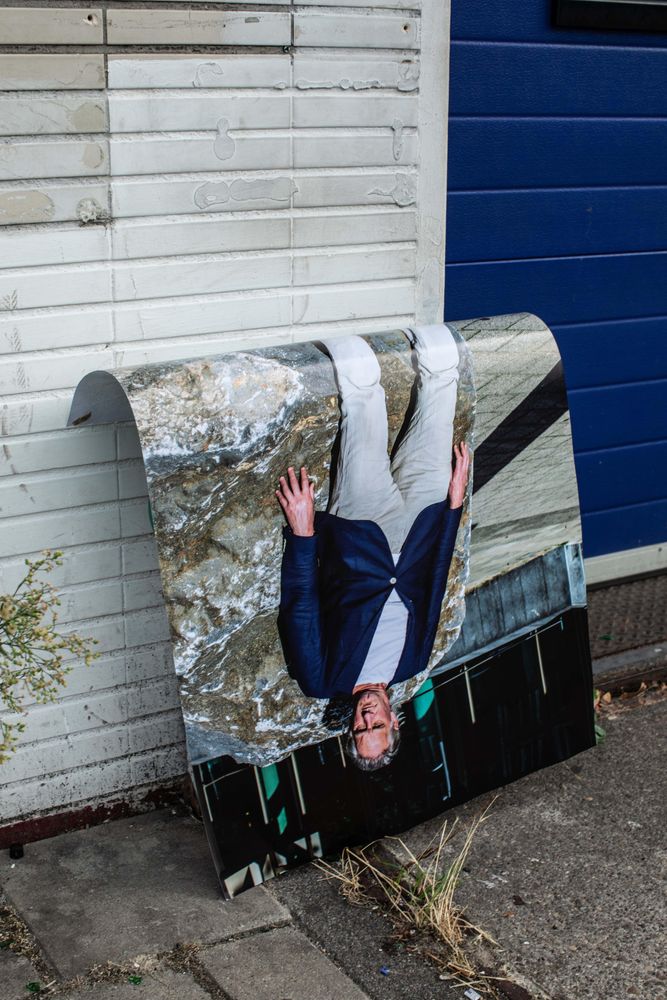
What does that creative process look like?
EK: “Most of the work is done in my head. I don't just sit behind a desk or a computer to work something out, instead I walk around mulling things over in my head, visualizing ideas and trying to come up with the best ones.
I'm always ‘on,’ constantly on the lookout, discovering new things every day. It could be something I read, research, or some unknown artist I stumble upon. Then, I delve into it and find out everything I can. Sometimes I buy their work, read about them, or even try to meet them in person.
I have this antenna and just pick things up from my surroundings, whether it’s conversations I overhear on the street or a note that’s lying around somewhere. I process all that information and then, through association, link things together to generate something new. And the hardest part in all of that is letting go of the fear that you might not be able to come up with something. Or trusting that a concept that pops up in just a couple of seconds is worth pursuing.
I'm addicted to the thrill of generating some awe-inspiring idea: once or twice a year, I'm genuinely stunned by my own work. It's an incredible feeling to know that I produced something that surpasses my expectations, and I cherish these moments. They're unpredictable and can't be forced, but they keep me hungry for more.”
And then comes the moment of presenting that great idea to a client. Do you welcome or loathe feedback?
EK: "I don't show my ideas to others until I'm completely satisfied with them. Then, after getting some feedback, I might make some small changes, refine the idea, but once it's finished, nobody can change my mind about it.
Creative people who are successful can be a bit selfish or even a bit of an asshole but sometimes that's necessary. The creative process is inherently fragile, so I am mindful of that when collaborating with others. However, when it comes to standing up for my ideas and defending my work, I will fight for what I believe in. This doesn't mean being rude or unpleasant, but rather being assertive and confident in my vision.”


Speaking of a tense situation. How do you look back on the controversy following the ‘Destroy my face' project? (ed. Kessels designed an installation featuring ramps adorned with digitally altered images of surgically enhanced faces that were later damaged by the skaters who rode over them. Two young women initiated a petition requesting the organizers to remove the artwork.)
EK: “I spent a year working on this project. I did extensive research, consulted with cosmetic surgeons. A team of roughly 100 people saw the project before its public release and no concerns were raised. There was never any red flag, so I was quite shocked when it suddenly exploded. It was very intense and for about four to five days I just stayed home, curled up under a blanket, watching National Geographic. But once the initial shock passed I wanted to take action. I reached out to the young women who started the petition but they didn’t want any contact. Under pressure of an American sponsor the work was removed but if anything the whole thing has motivated me to continue creating and pushing boundaries.”
“I'm addicted to the thrill of generating some awe-inspiring idea: once or twice a year, I'm genuinely stunned by my own work.”
How do you push those creative boundaries?
EK: “You have to keep taking deliberate turns in your thought process. Purposely make a mistake. Enlarge something or make it smaller. Turn something around or upside down. And have a beginner's mindset. Every professional started out as an amateur and it’s good to return to the kind of spontaneity and naivety that you once had.
Sure things can go wrong, but what do you have to lose? You might hit a wall but then you just turn around. For instance, we once had a small assignment from a school in Den Bosch where they had a huge problem with garbage on their campus. And instead of solving the problem, we made it worse. There were plenty of trashcans on site but nobody bothered to use them. So we put a sign on them, which read ‘trash only’ and made it difficult to actually throw stuff in them. We put a fence around one and placed another one high up in a tree, which could only be reached with a ladder.”
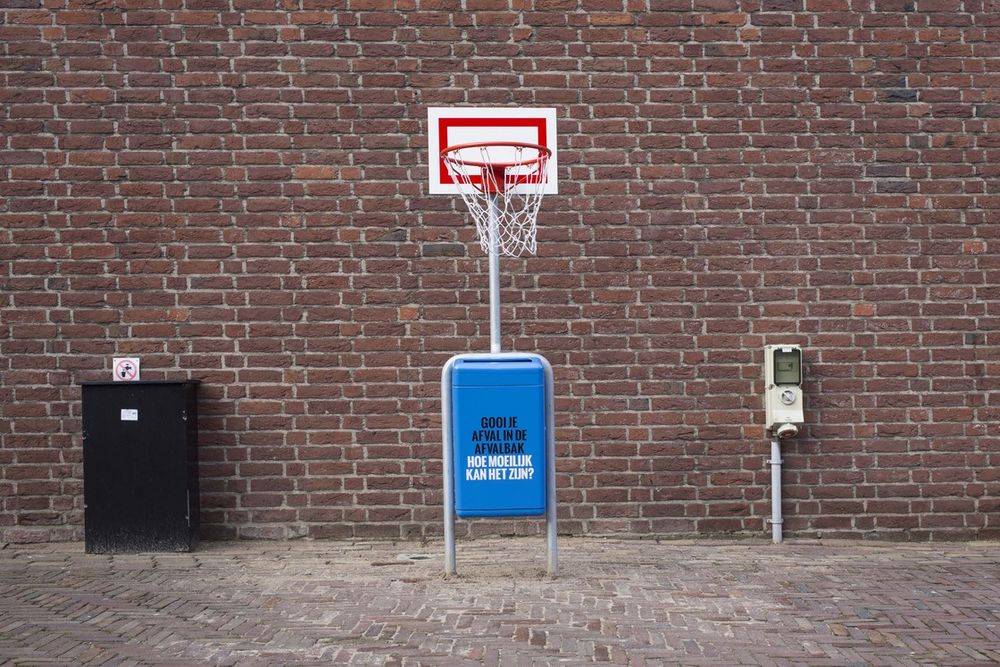
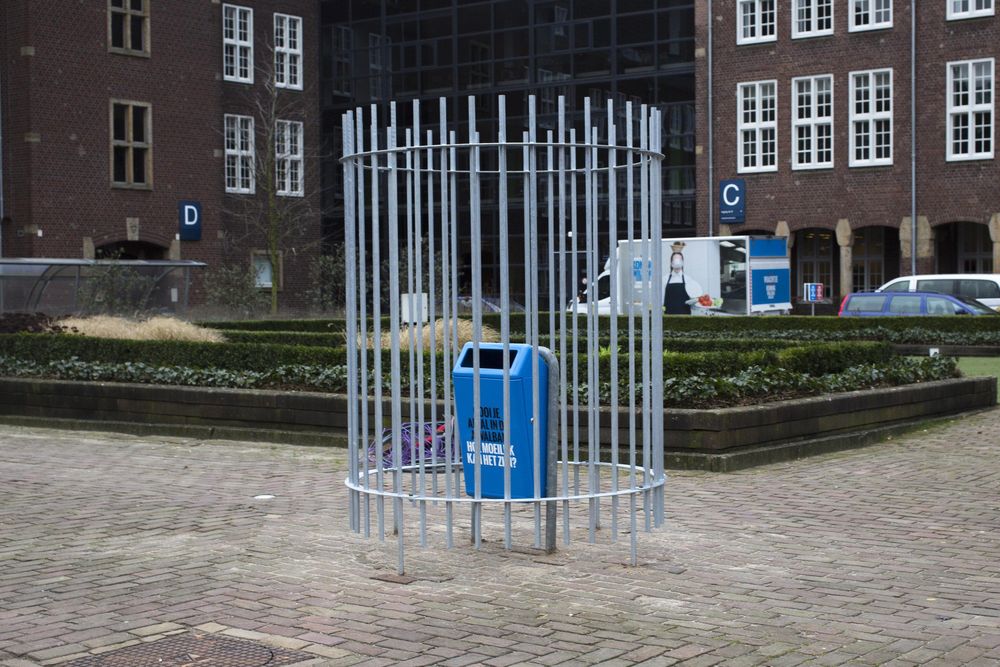
Can the advances in technology help push our creative boundaries?
EK: “Technology and all those tools are fantastic, but their value depends on what you do with them. There are always a few pioneers who make something unique or worthwhile using new technology, followed by others who produce uninteresting content. I remember when YouTube came up and all these companies insisted on having a video on YouTube. It was ridiculous, everyone was doing it and those videos had zero impact. Or take the opportunism and hype that came with things like virtual reality glasses: they’ve been around for two decades now and still haven’t caught on. The fact that there's a bit of a buzz with the metaverse now is just sad, with a commercial company feeling the heat. Take NFTs: the concept behind them is super interesting, and some people have made a real difference with them. But then the masses came along and ruined it all, and it became about quick money and clichés. Ultimately, it is individuals who can make a difference, and those with exceptional skills are becoming increasingly valuable as automation becomes more prevalent.”


Comments